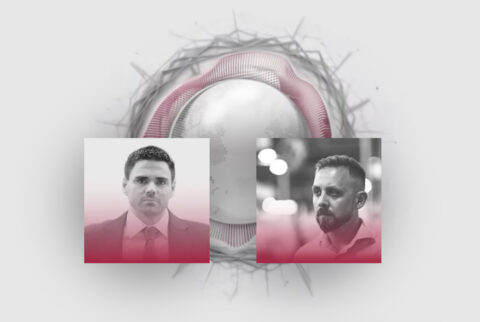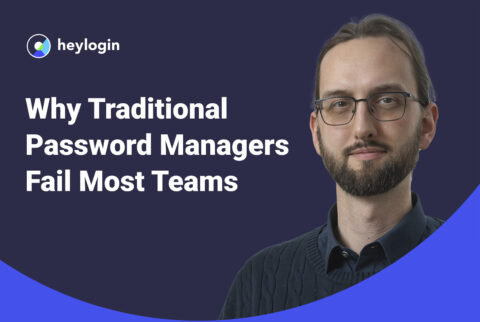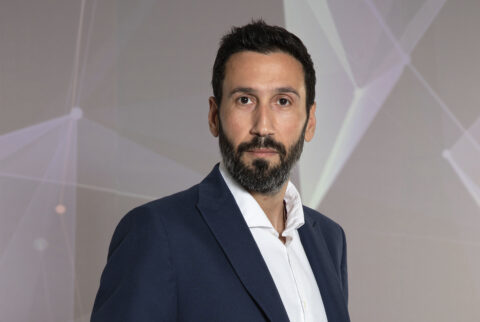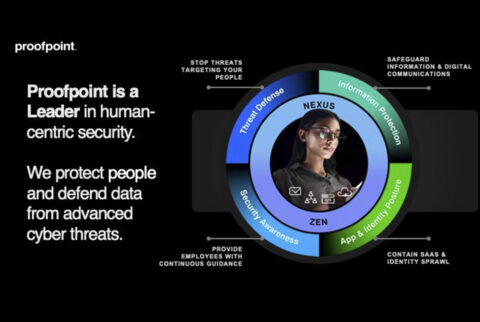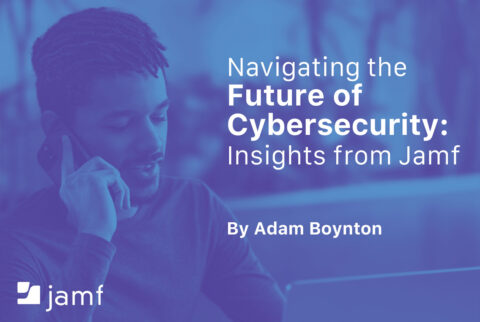The illusion of control: Rethinking cybersecurity in the age of complexity
When prevention becomes fiction
Cybersecurity used to be about control. Build walls, segment networks, patch vulnerabilities. But that model has collapsed under the weight of complexity.
Take the MOVEit Transfer breach in 2023. A vulnerability in a widely used file transfer tool allowed attackers to infiltrate networks across thousands of organizations – including government agencies -leading to massive data exfiltration. The entry point wasn’t a misstep in internal systems, but a trusted third-party tool. This isn’t an exception. It’s the new rule. Complexity has outpaced visibility, and attackers thrive in the gaps: unmonitored APIs, misconfigured SaaS platforms, legacy OT systems, AI models scraping data indiscriminately.
The most pressing threat today isn’t just the human factor, ransomware or AI-powered attacks. It’s that we’re securing environments we no longer fully understand.
The paradox of intelligence: Knowing more, seeing less
We live in an era where everything is logged, analyzed, and enriched. Yet when an attack strikes, the post-mortem often starts with: “We didn’t see it coming.”
This paradox stems from the fact that data ≠ understanding. Organizations are drowning in alerts, logs, and dashboards, but lack meaningful insight. SIEMs ingest terabytes, yet attackers stay hidden for 200+ days. Why? Because attackers move like users, not threats. They exploit trust relationships, behave like sysadmins, use native tools (like PowerShell or RDP). Most defense tools are built on rules or known signatures – things the attacker has already planned to avoid.
To navigate this, a new paradigm is needed – one rooted in network behavior, anomaly detection, and correlation across hybrid infrastructures. That’s where Network Detection & Response (NDR) plays a pivotal role: not just in spotting threats, but in questioning assumptions. What is normal? Who should be talking to what?
A philosophy of security: From walls to integration
At Gatewatcher, we believe cybersecurity isn’t a product – it’s a reflex. It’s not enough to build systems that detect and alert. We must design systems that observe, anticipate, and adapt.
Here’s how we approach it:
Anticipation: Continuous mapping of known and unknown assets, including shadow IT and unmanaged OT devices. Because you can’t protect what you don’t know exists.
Detection: Behavioral analytics that don’t just ask “Is this malware?” but “Is this behavior coherent with this role, in this context, at this time?”
Analysis: Contextual intelligence leveraged by CTI. An alert alone means nothing without understanding why it matters, and what it’s connected to.
Response: Precision and speed. Response that’s tailored to the client’s infrastructure, integrated with the SOC stack, and actionable within seconds.
It’s a shift from “protect everything” to “understand what matters and move fast.”
From chaos to convergence
The great challenge of 2025 isn’t just technical. It’s philosophical. As digital environments become more entangled – IT, OT, cloud, remote, SaaS – the distinction between user and system, internal and external, is blurring. In this new terrain, security can’t rely on static policies or predefined rulesets. It requires the ability to interpret behavior, understand context, and respond with precision. This convergence doesn’t just call for new tools – it demands collective rethinking.
Ultimately, the evolution of cybersecurity will not be driven by frameworks alone. Zero Trust, for instance, remains a valuable principle, but in a world where asset inventories are incomplete, supply chains opaque, and interconnections constantly shifting, trust cannot simply be withdrawn or verified. We need more than distrust: we need systems that can observe, interpret, and adapt to ambiguity.
Because the challenge is no longer to protect the perimeter: when the map no longer reflects the territory, we don’t need more maps, we need better compasses.



